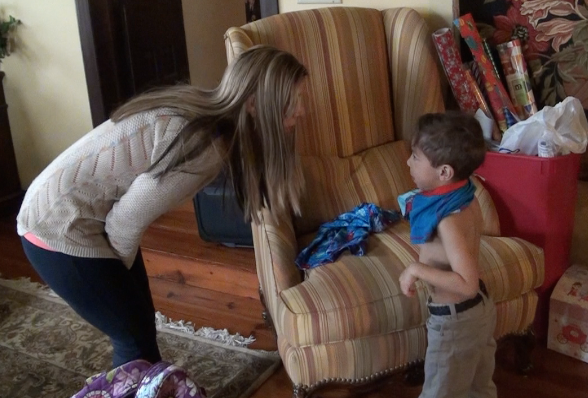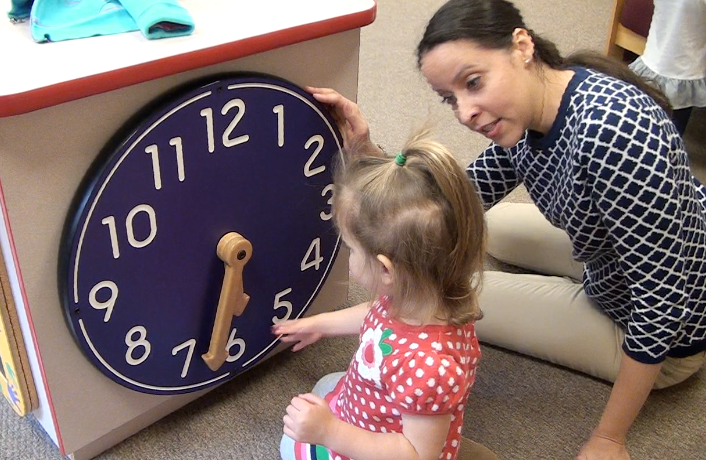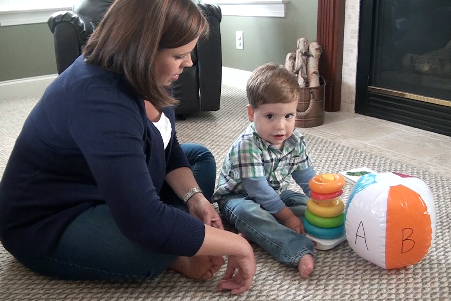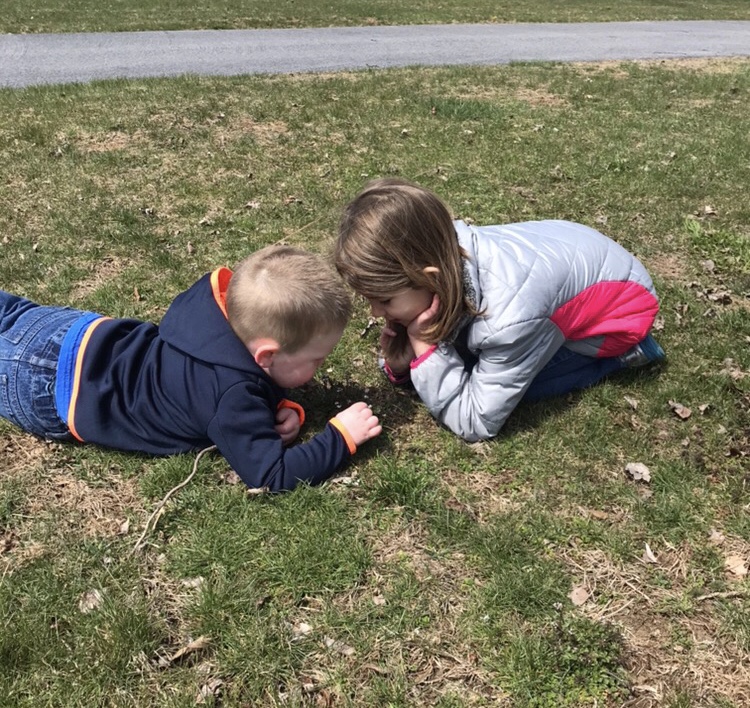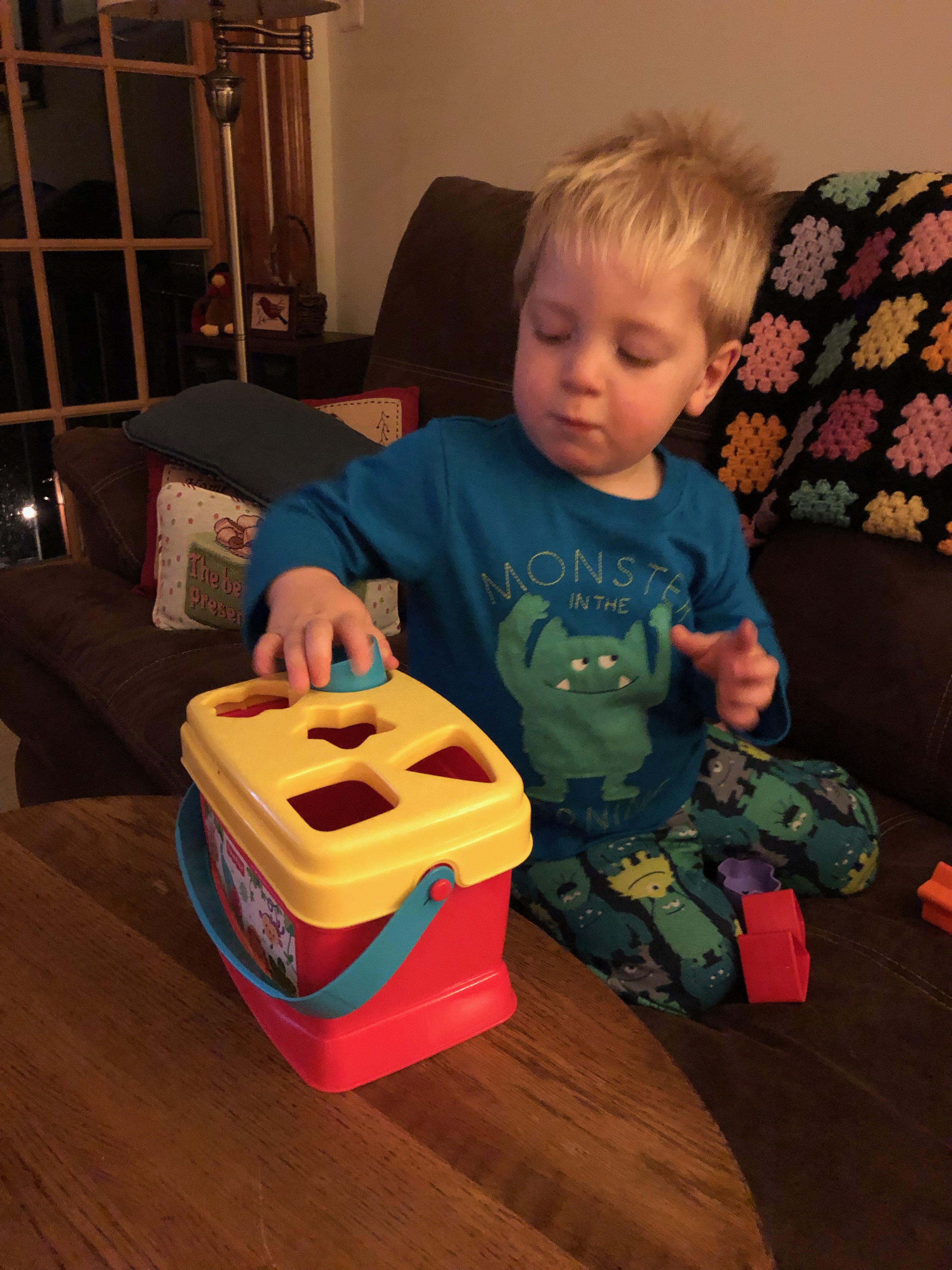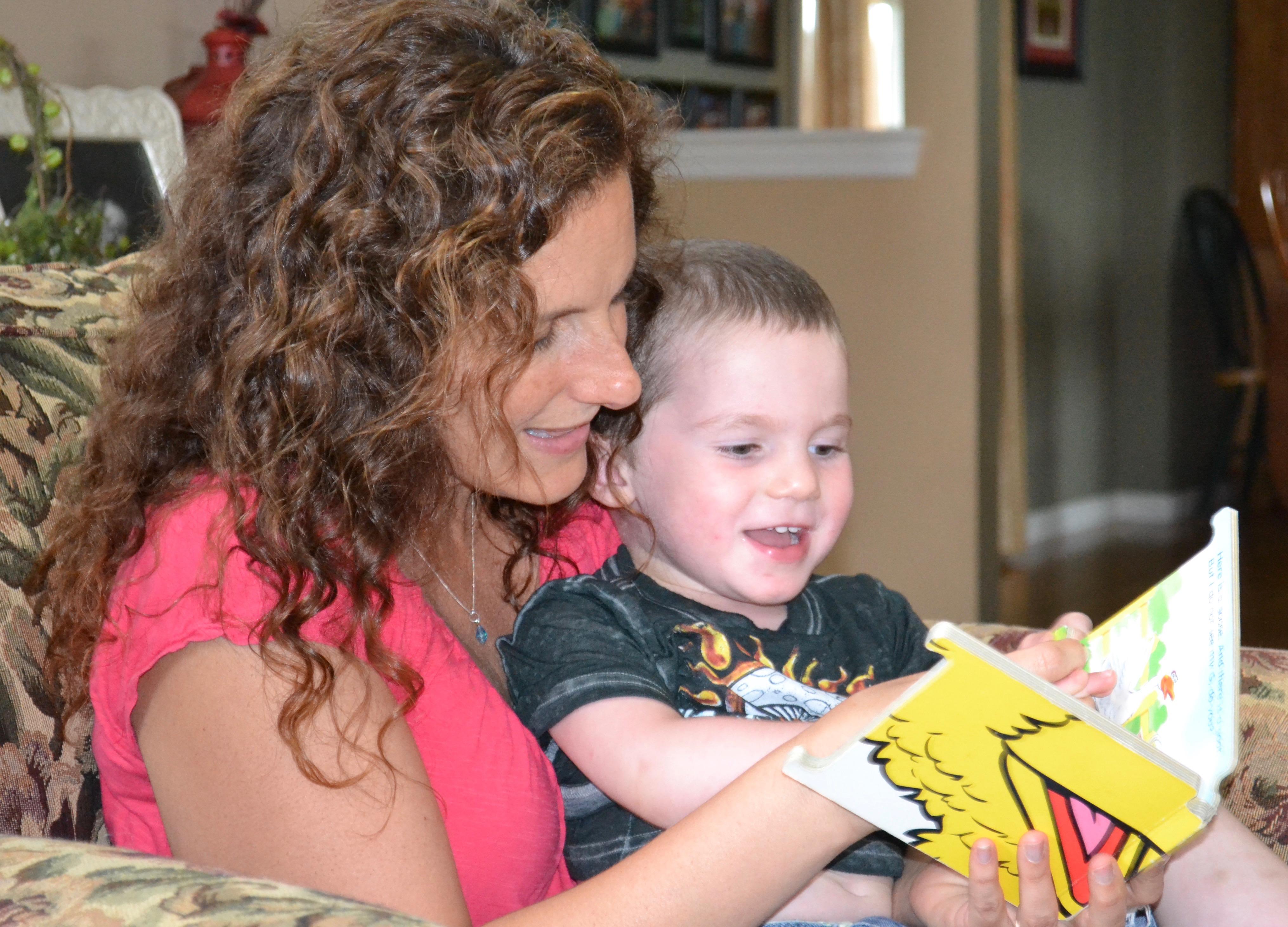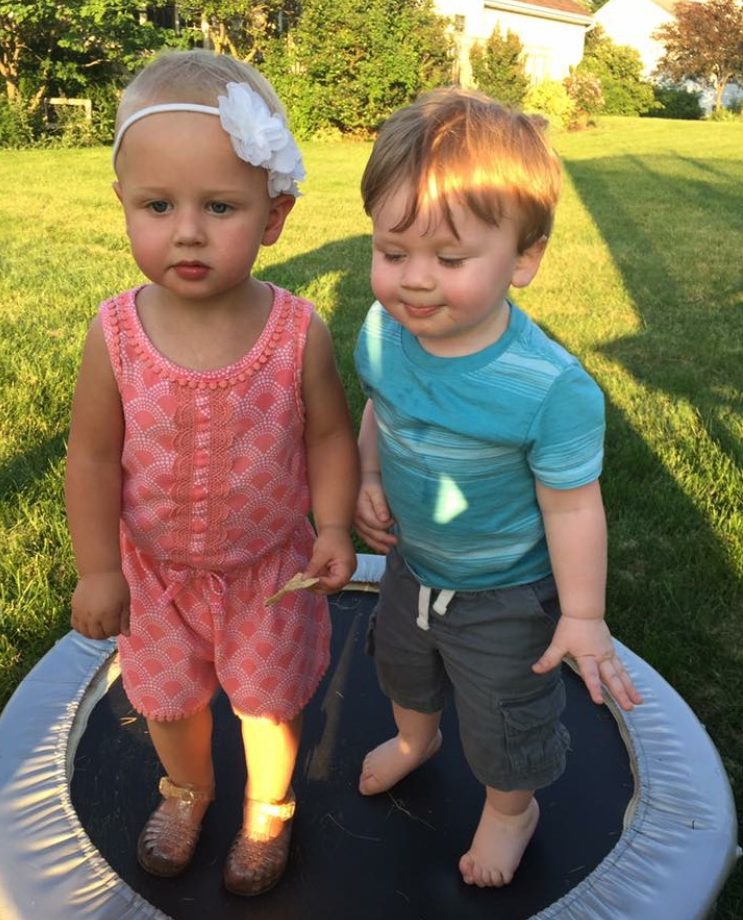STEM Milestones
At this age, children are full of wonder and curiosity and our only job is to foster this and encourage it!
- Follows 2-step unrelated directions, e.g. “give me the ball and go get your coat”
- Simple understanding of concepts including color, space, time
- Understands “why” questions and asks a lot of questions
- Able to sort items by color or shape
- Begins to understand patterns
Social/Emotional/language/Play Milestones
At 2-3 years, children are very social and active. They are participating in small groups with other children, maintaining eye-contact and engaging in social situations. Their speech is blossoming as they use 2-3 word phrases, ask “what” and “where” questions, and understand the answers. Children at this age are using a lot of language and are very social. Language is still very highly variable so there is a large span of typical language development. Girls tend to be more articulate than boys at this age.
Key Indicators:
- By 30 months:
- At least 50% of speech is understood by caregiver
- Understands basic nouns and pronouns
- Understands “mine” and “yours”
- Uses words such as “in” and “on” to describe locations
- Interacts with other children
- Plays on play equipment
By 36 months:
- Uses plurals, e.g. “dogs”
- Most speech is understood by caregiver
- Participates in small groups
- Plays with items appropriately
- Interacts with other children and adults
- Begins to engage in pretend play
Coordination/Movement Milestones
At this age, children are very active and busy. Children are usually able to jump, climb and run at this age. Children are able to coordinate movements needed to play and explore.
Key Indicators:
- Usually walks with heel toe pattern and not primarily on toes
- Has adequate endurance and strength to play with peers
- Can maintain balance to catch ball or when gently bumped by peers
- Is able to throw and attempt to catch ball without losing balance
- Uses both hands equally to play with and explore toys
- Is able to run
- Can jump with two feet
- Attempts to stand on one foot
Sensory Milestones
Children at this stage like a variety of movements, textures, massage, and music. They are exploring their world by using all their senses.
Key Indicators:
- Hearing is very acute, processes words and voices well
- Uses both hands equally when playing with toys
- Can scan a crowd of people looking for parents’ faces
- Enjoys different textures against skin
- Continues to seek out new sensory experiences
Cognitive Milestones
Children at this age start to show some problem solving abilities and higher-level thinking.
Key Indicators:
- Explores objects in many different ways
- Asks appropriate questions
- Is interesting in learning about the world
- Able to identify the correct picture when the image is named
- Uses objects correctly (drinking from cup, brushing hair)
- Engages in pretend play
What Would a Pediatric Occupational Therapist Look For?
Pediatric Occupational Therapists will look for certain developmental milestones when reviewing children’s behavior.
- Verbalizes wants and needs and displeasure
- Holds crayon and scribbles, attempts to color within lines
- Is able to stack 5-6 blocks
- Shows interest in potty training
- Is using a spoon and fork to self-feed
- Attempts to dress self
- Able to put on socks, shoes, and coat
- Plays with toys as they are intended to be played with (pushes car on floor, holds dolls appropriately)
- Tolerates clothing and textures against skin
- Notices when hurt and cries
Time to Check with Child’s’s Healthcare Provider
Parents, be vigilant! You are your child’s advocate. If you see any of the following in your baby’s first 10-12 months, it is time to notify your baby’s healthcare provider so he or she can get the proper medical attention.
- Walks only on tip toes
- Does not run
- Walks while dragging one leg
- Does not talk
- Does not use eye contact
Self-Care Milestones for Mommy and Daddy
Just as babies have milestones, new parents need to reach important milestones to stay healthy and happy and have the ability to care for your baby!
- Use proper lifting technique to protect your back
- If you are returning to work, plan ahead, ask your partner for help, try to get sleep on weekends
- Drink plenty of water
- Eat a balanced diet
- When help is offered, take it!
- Get some fresh air (take a walk with your baby when possible)
- Take time to connect with your partner
- Make time to connect with friends. Adult conversation is important!
References:
The American Academy of Pediatrics, Pathways, The American Occupational Therapy Association


